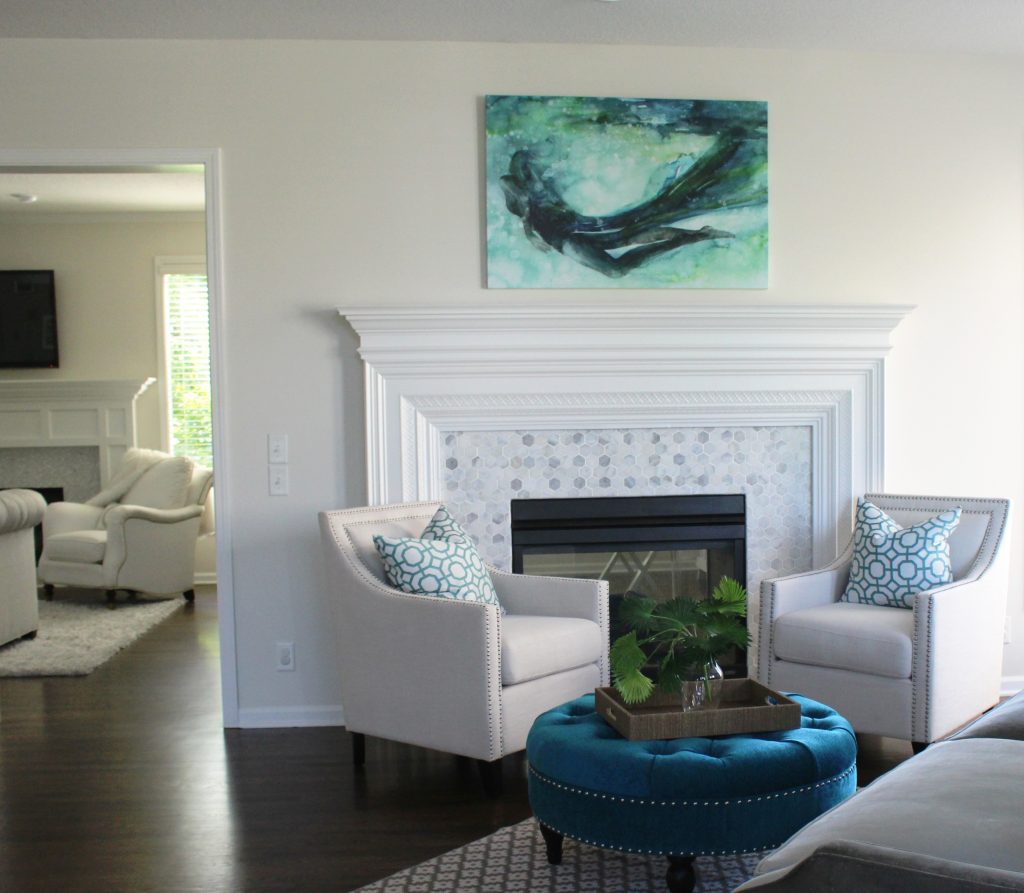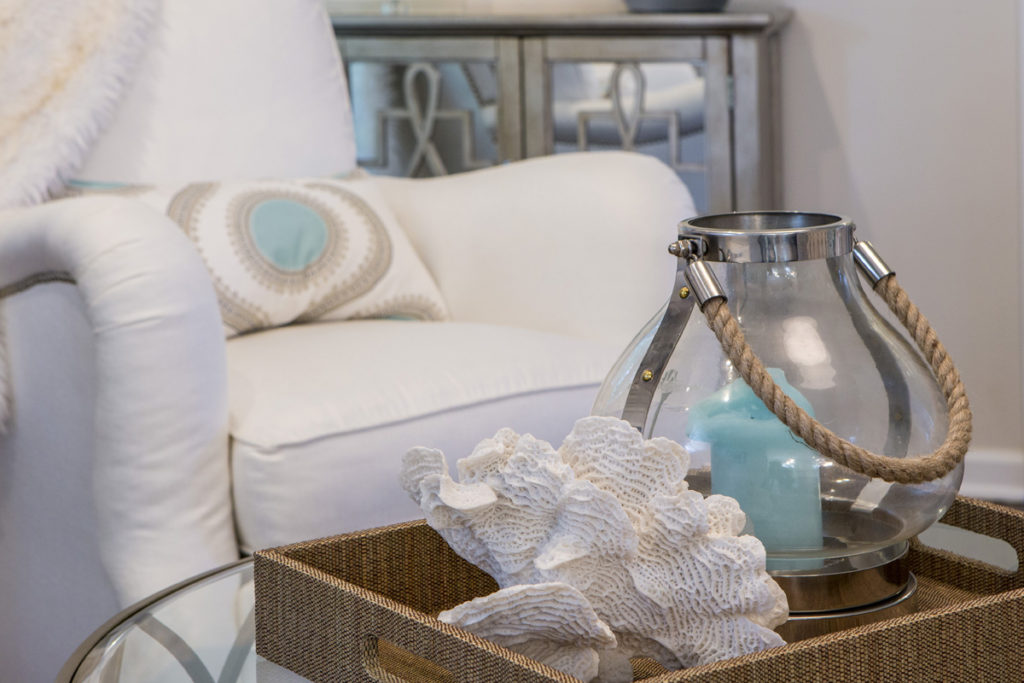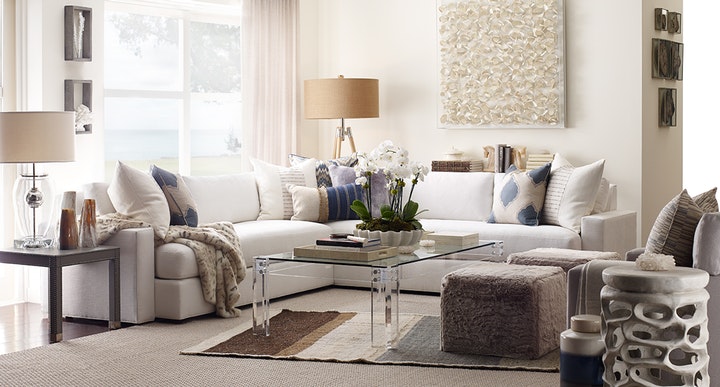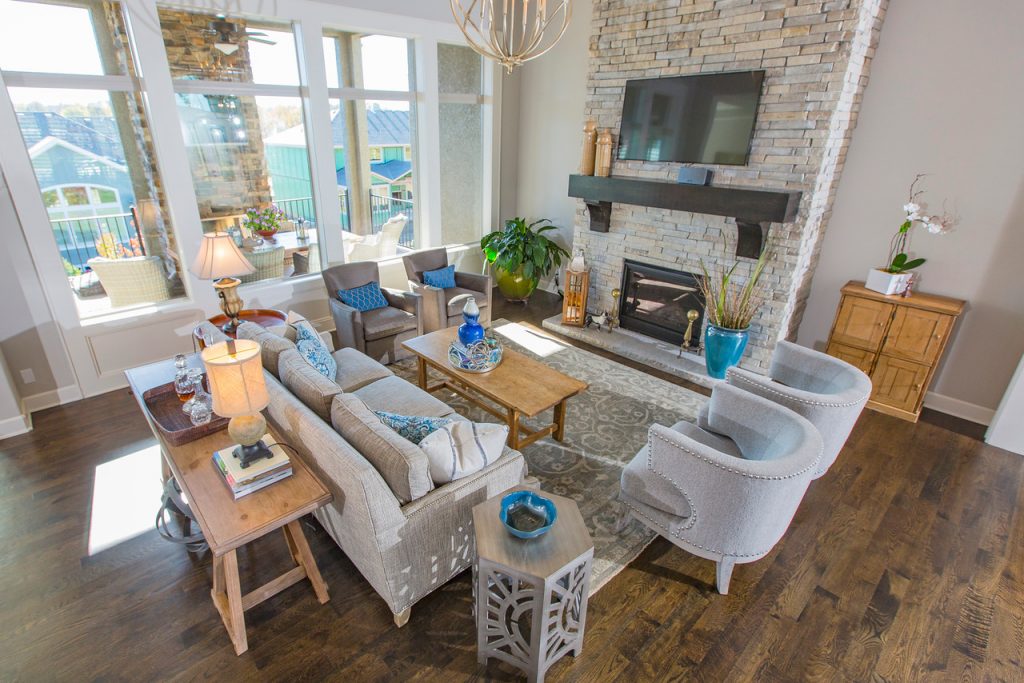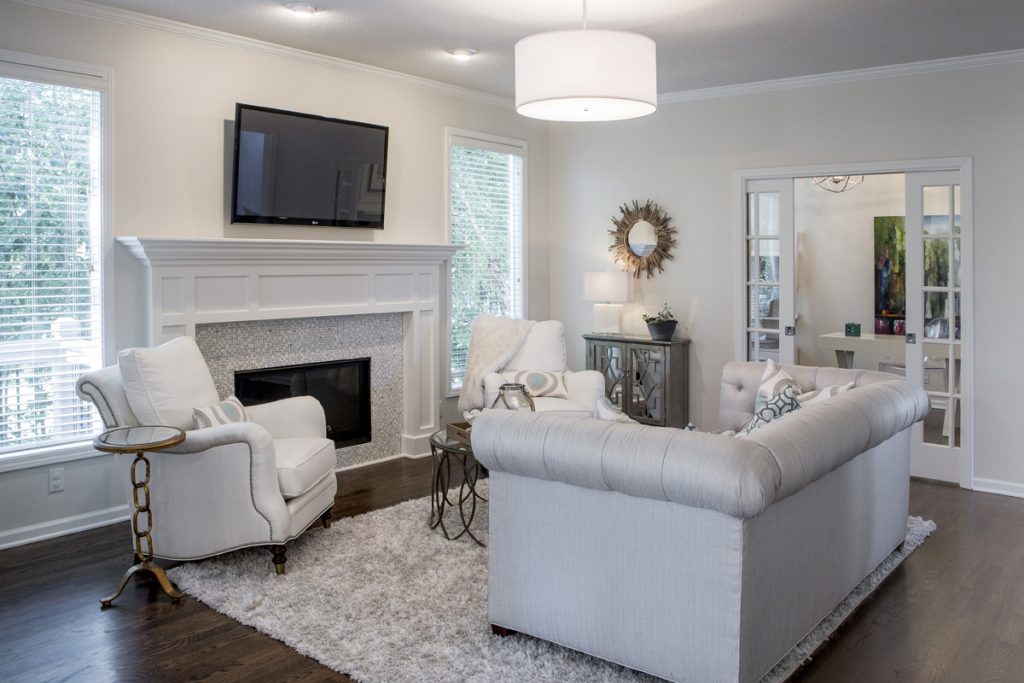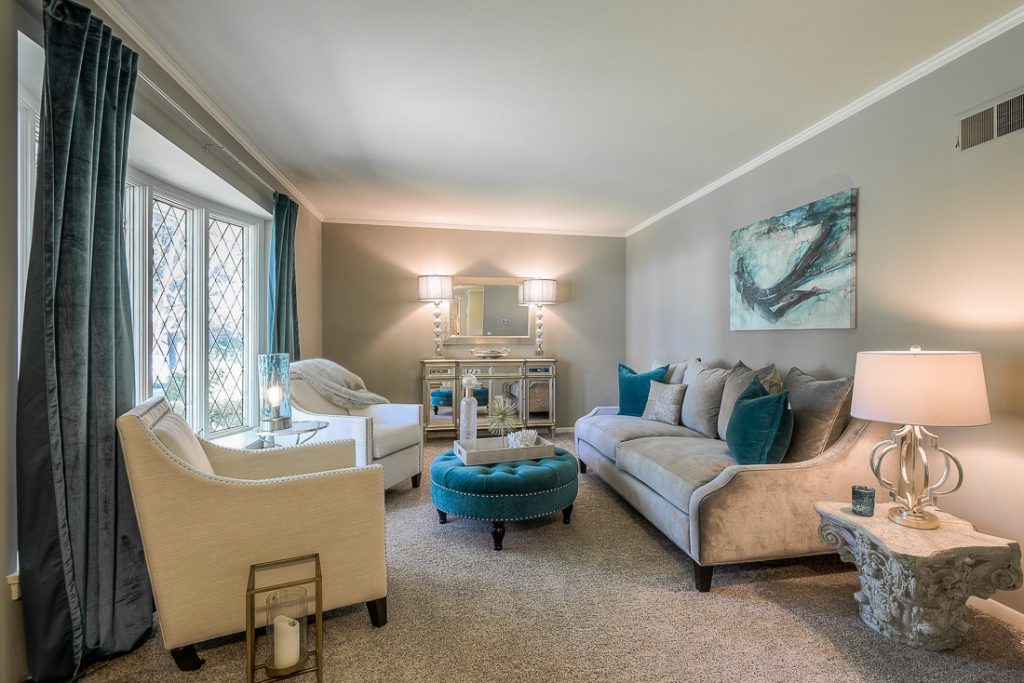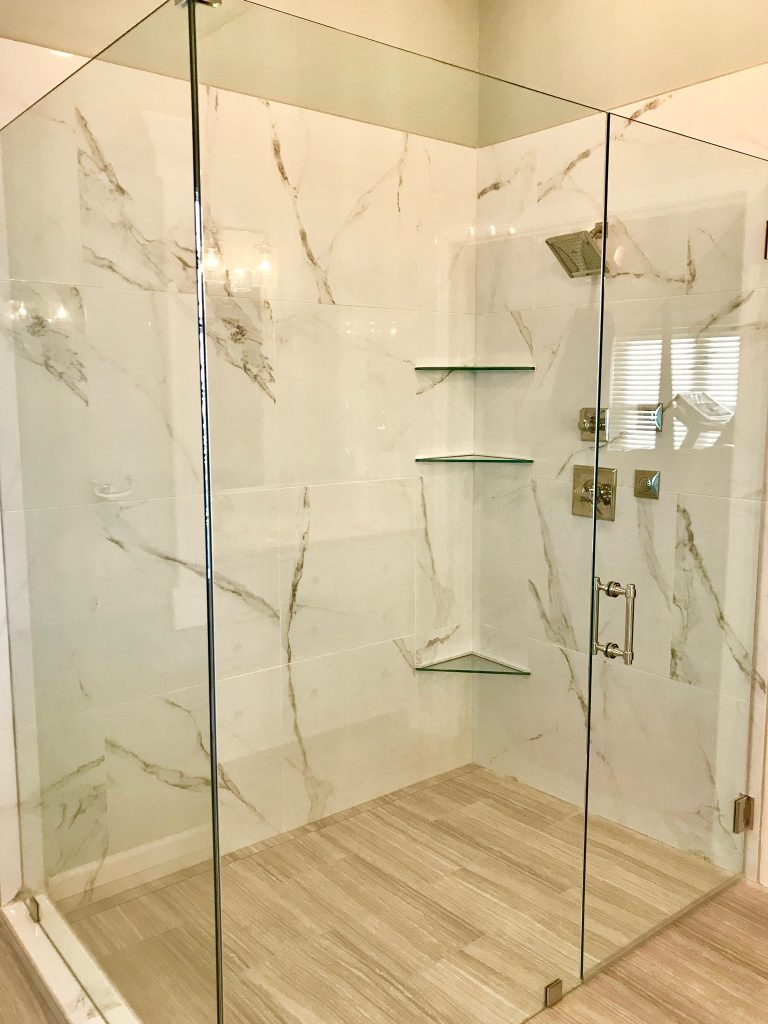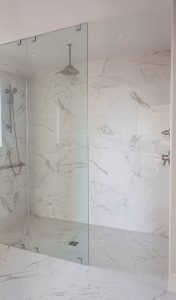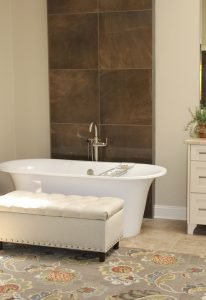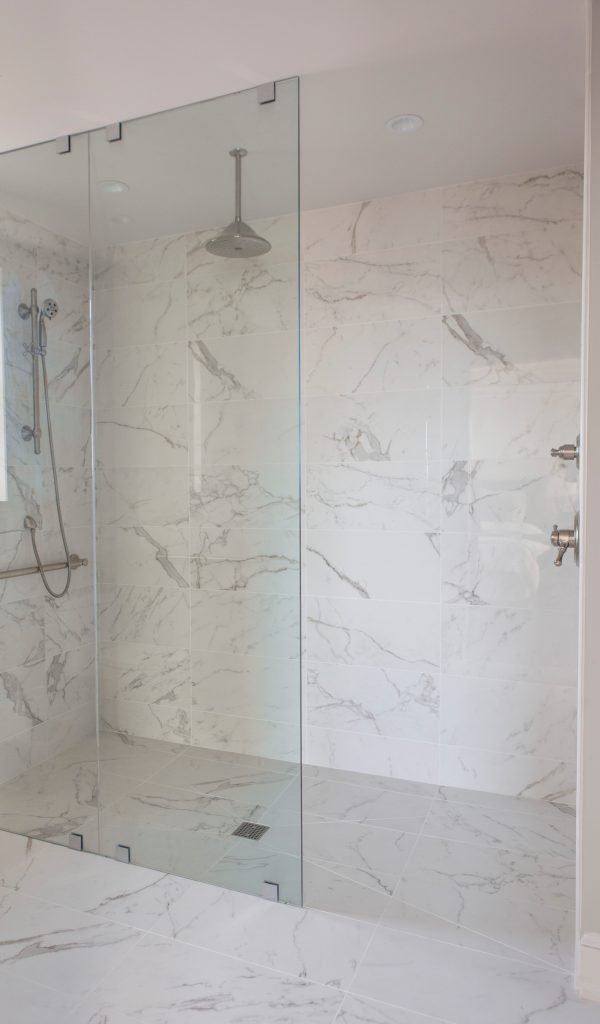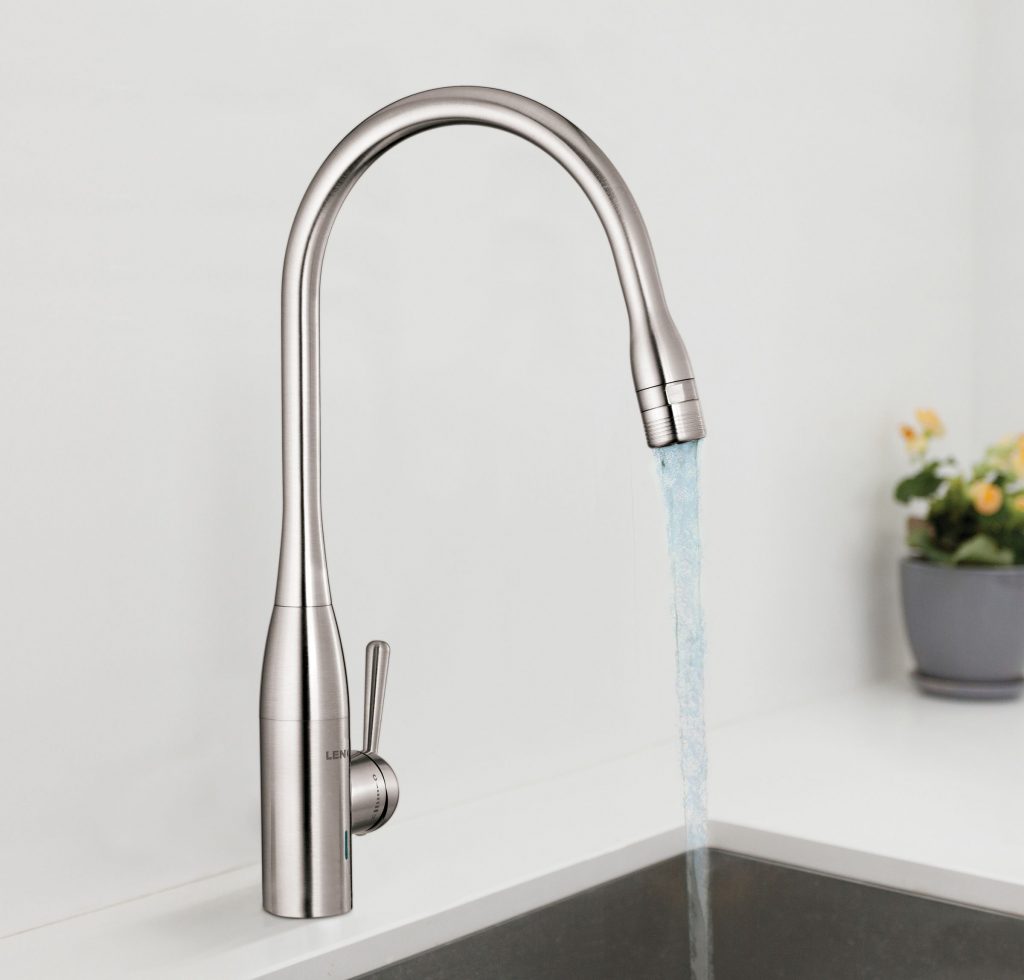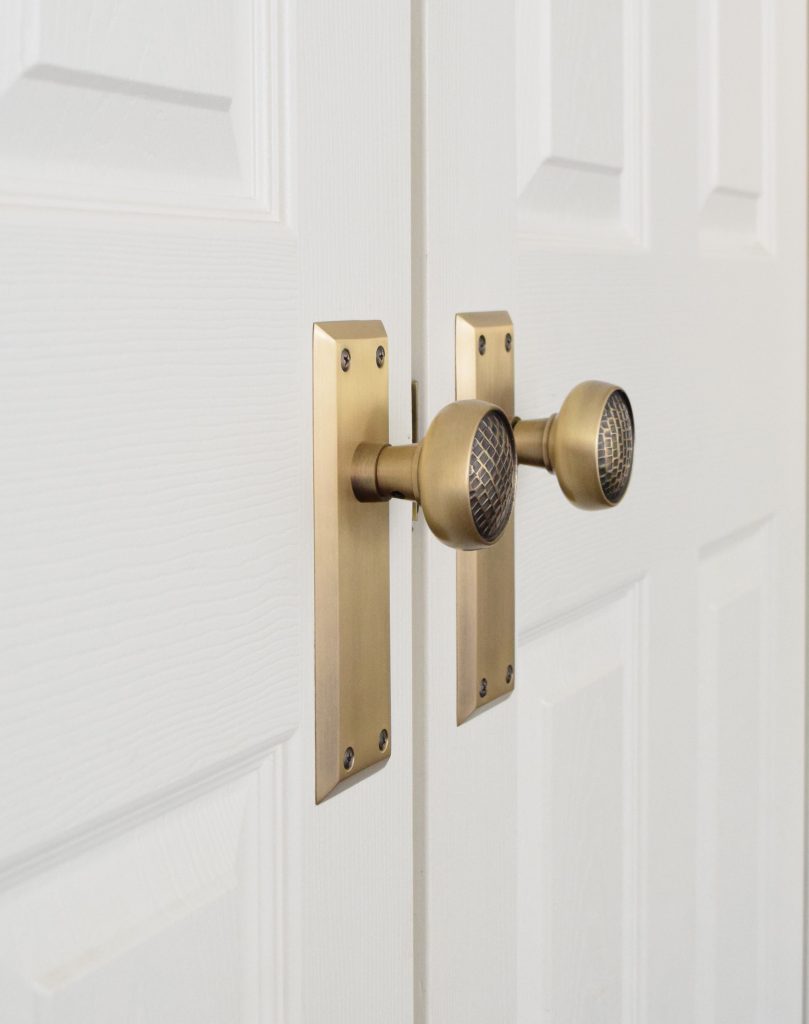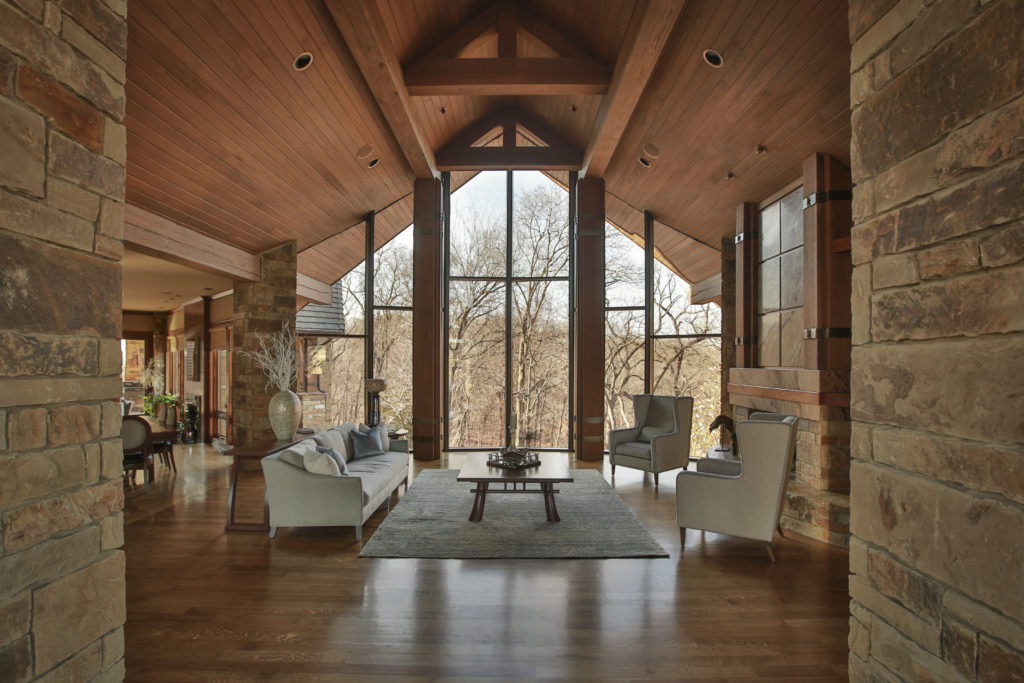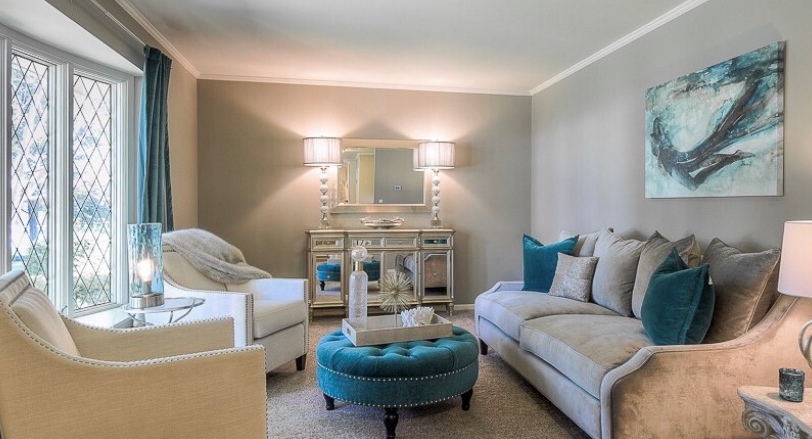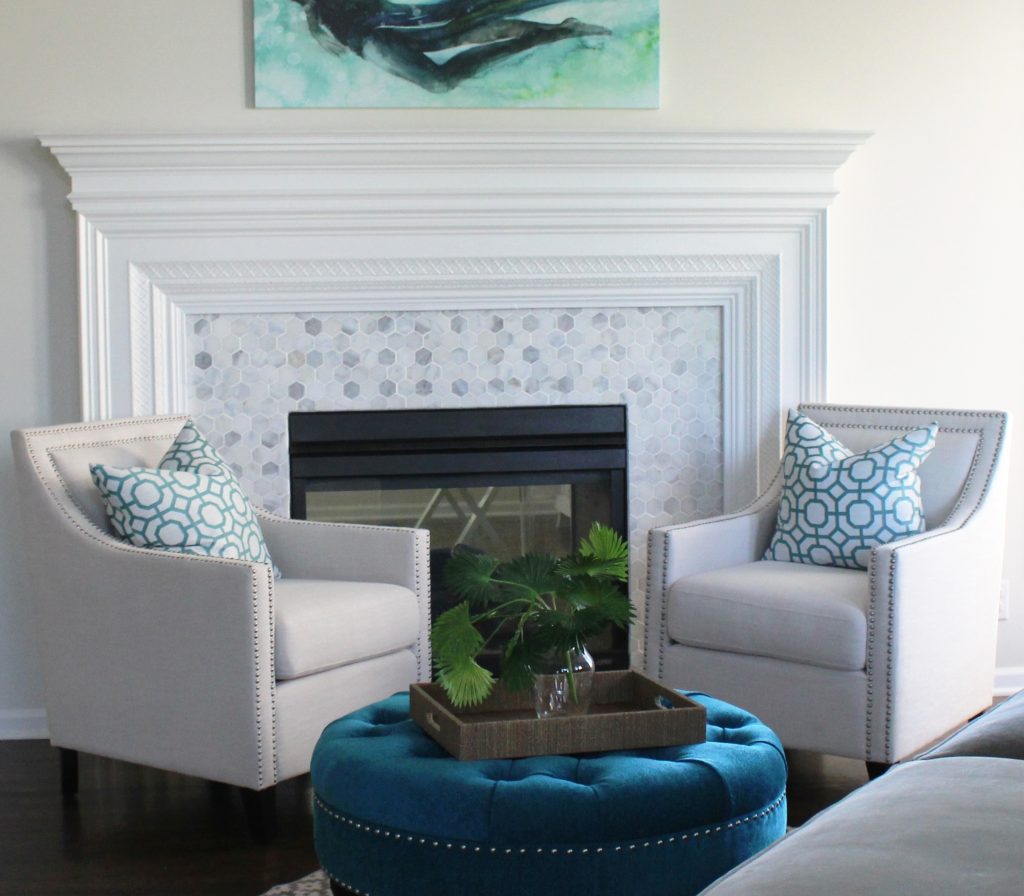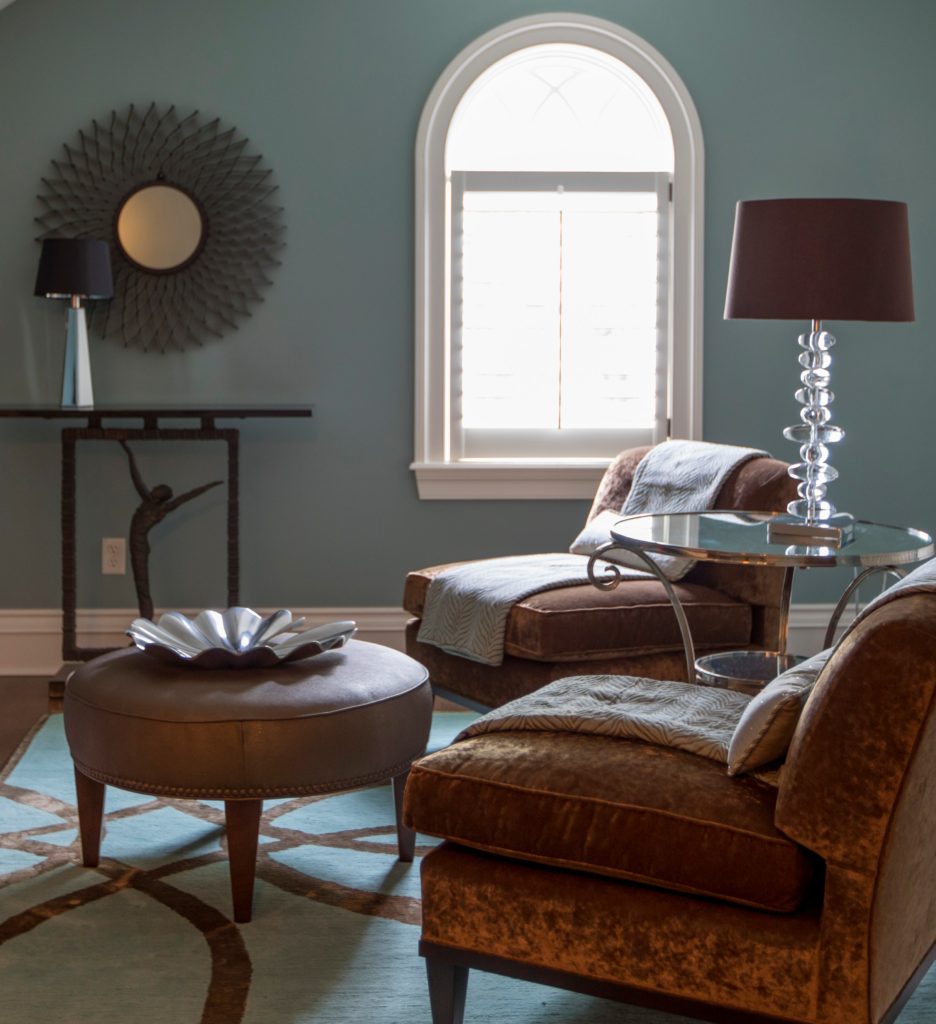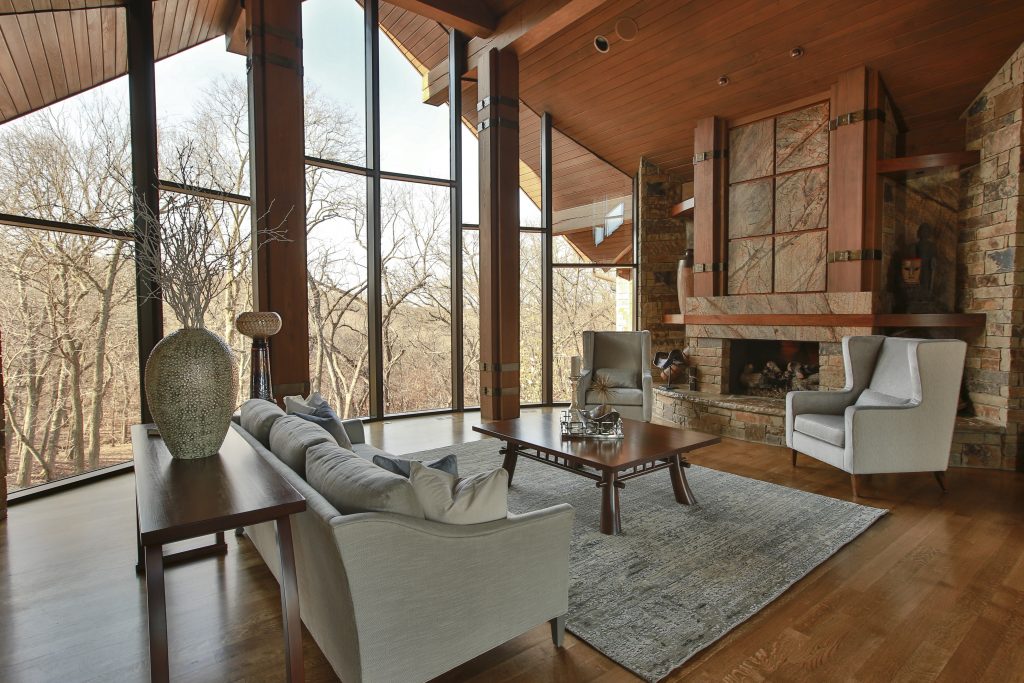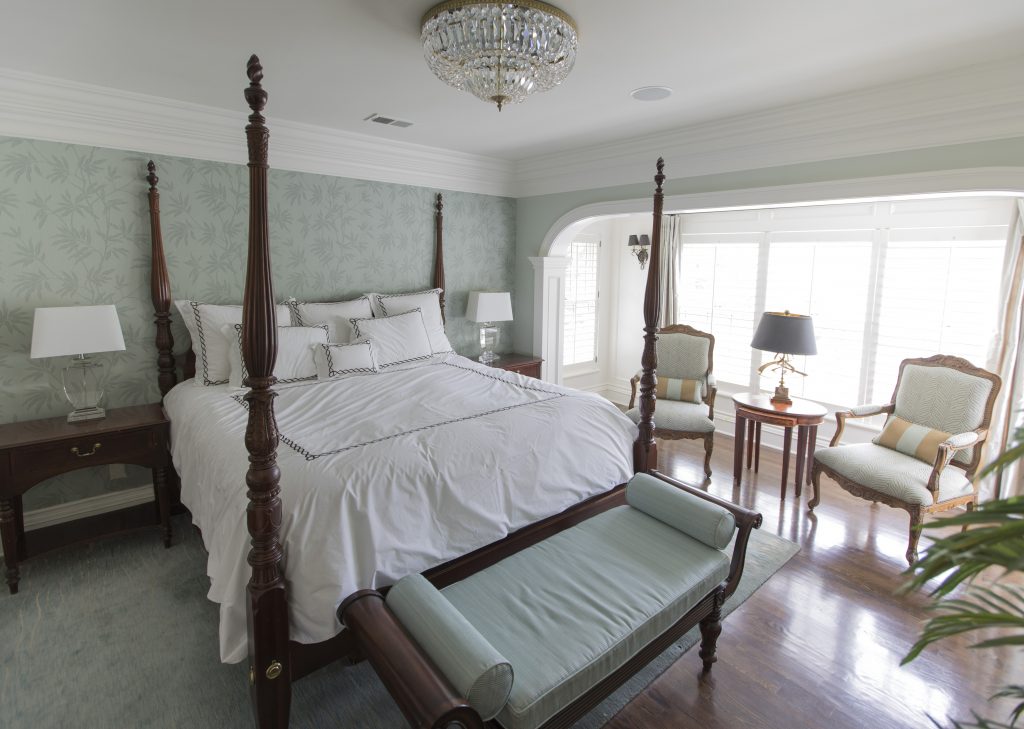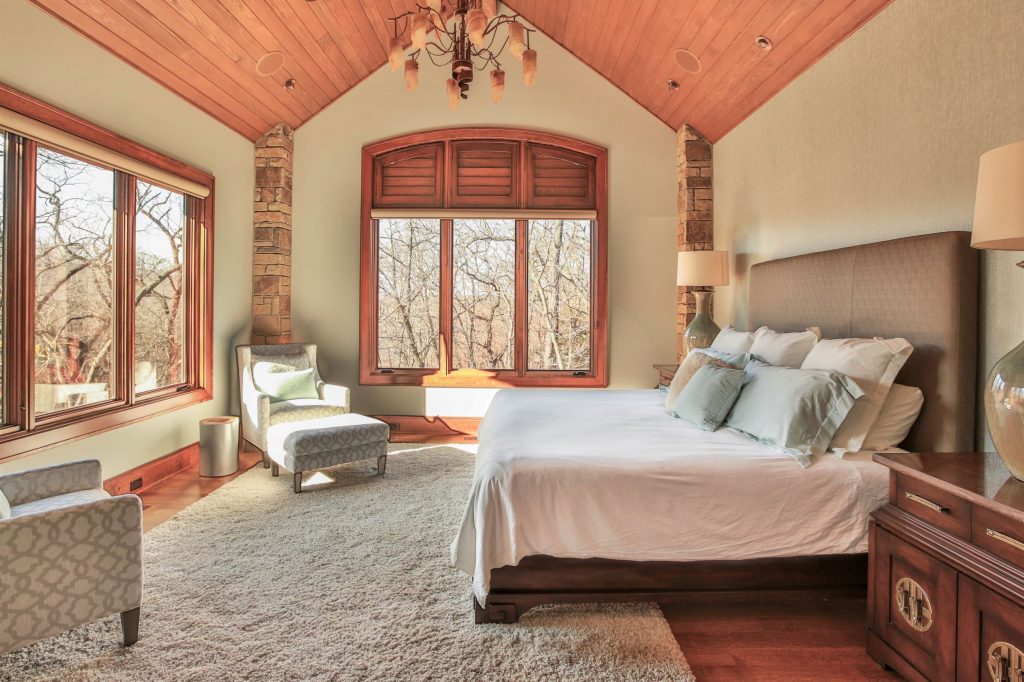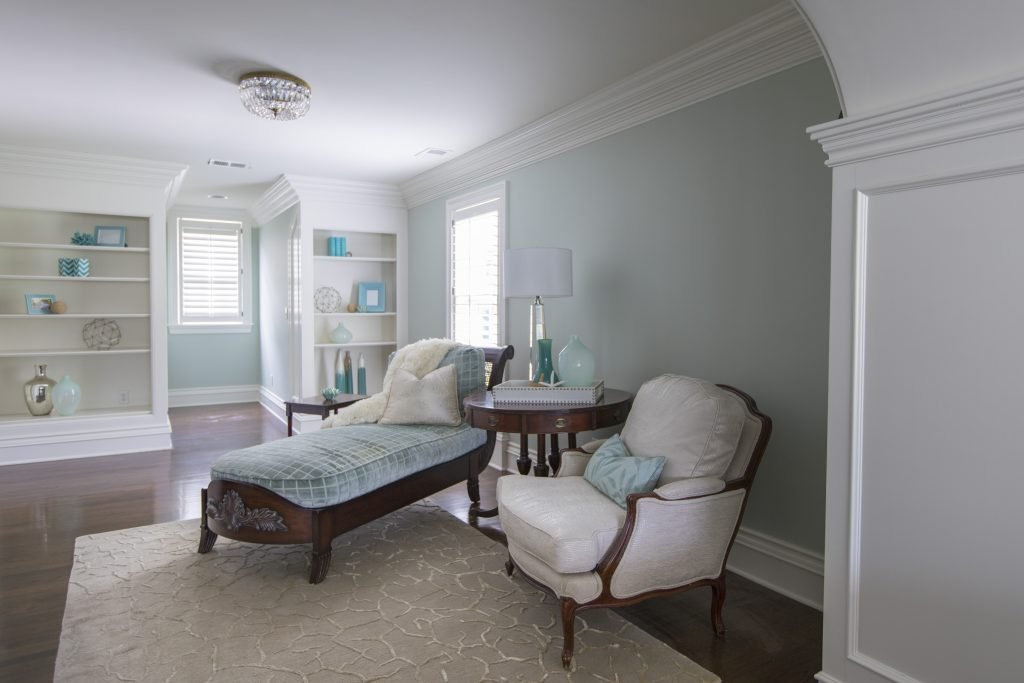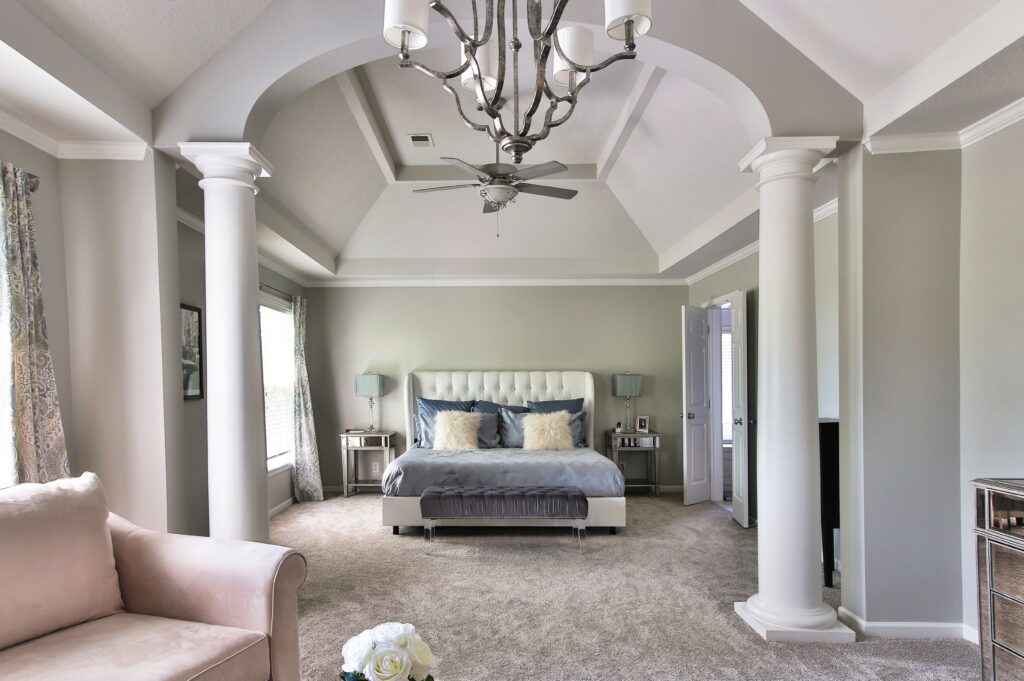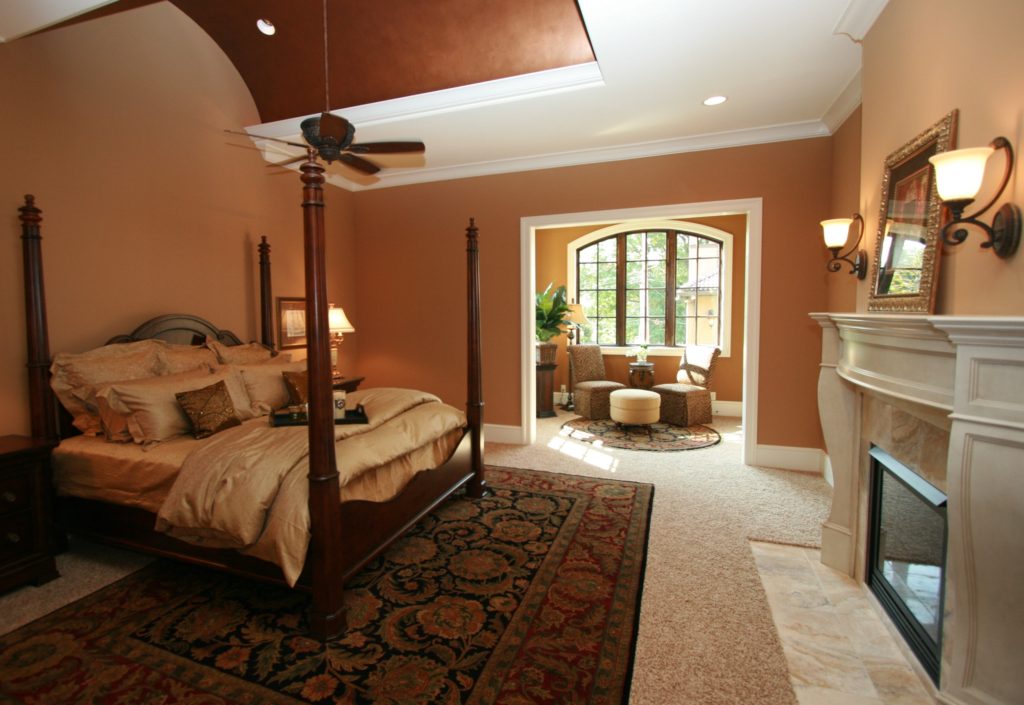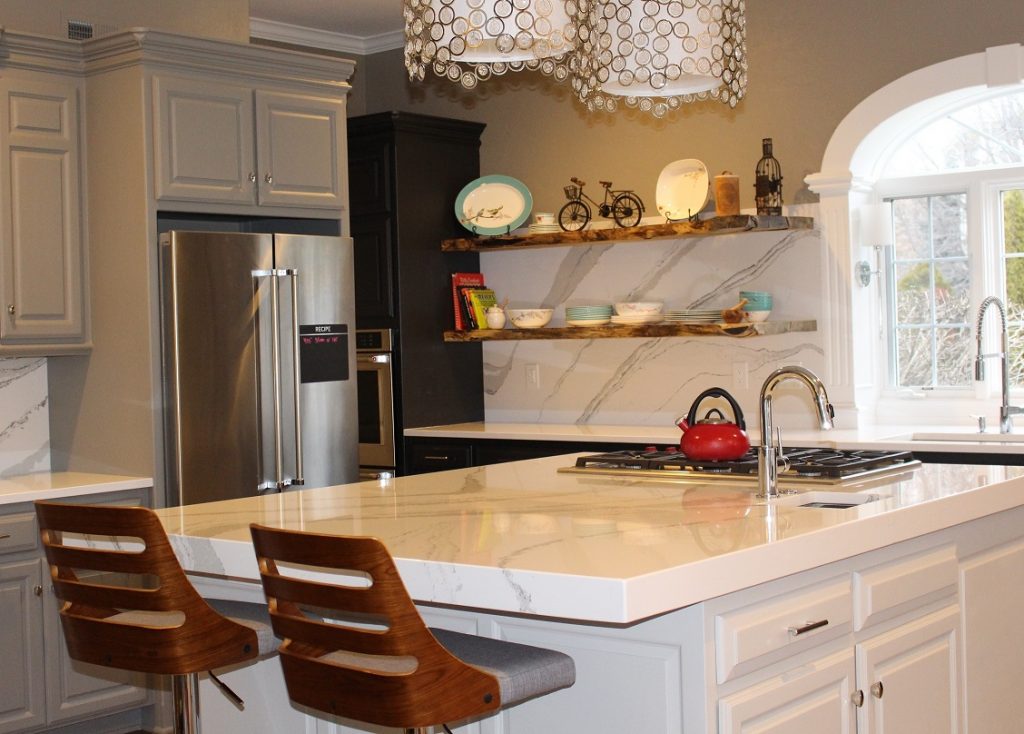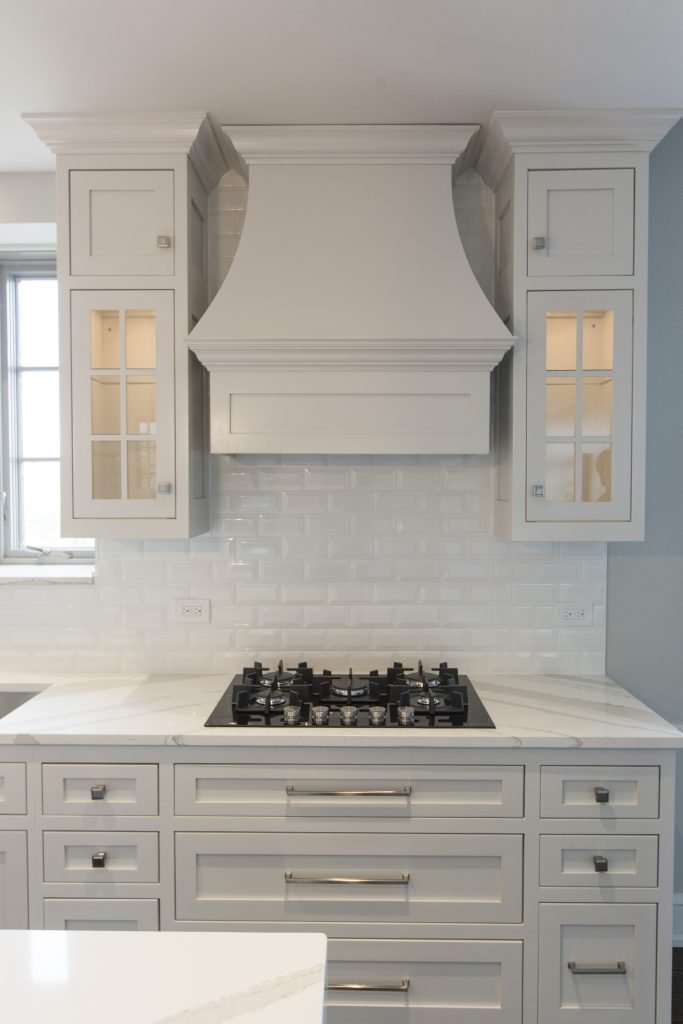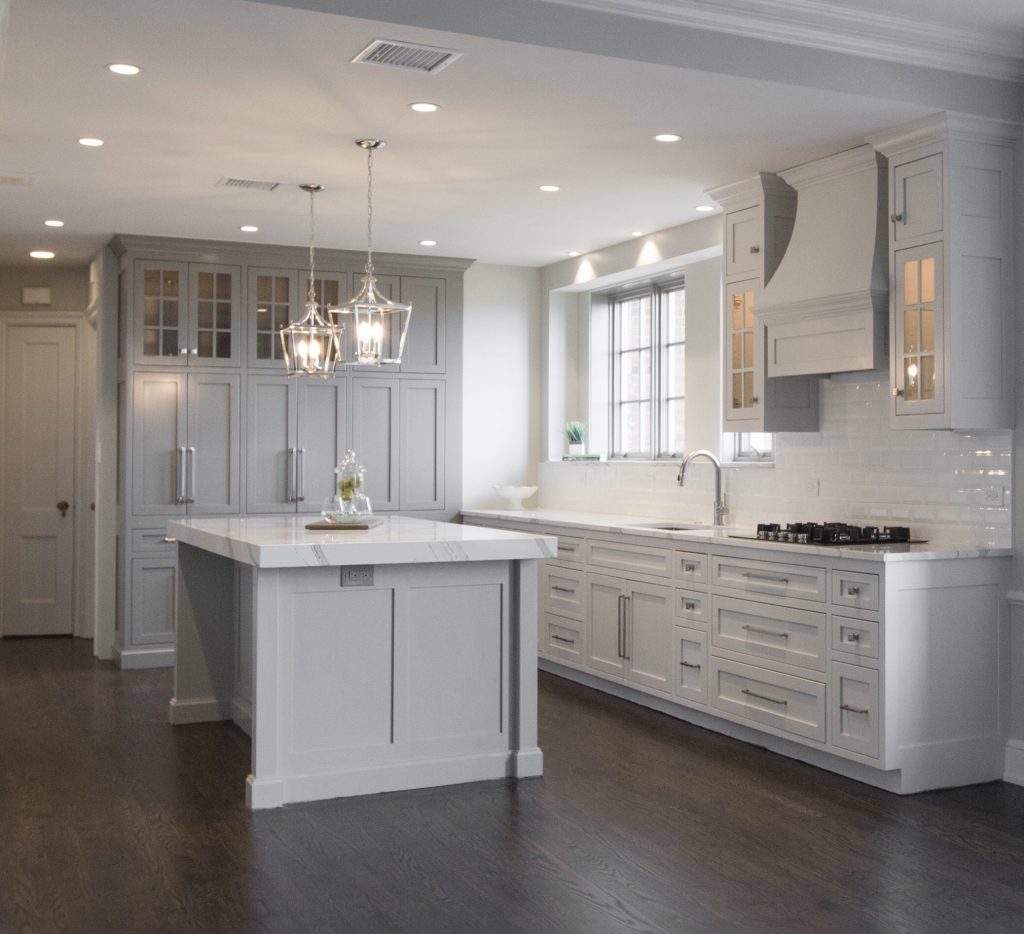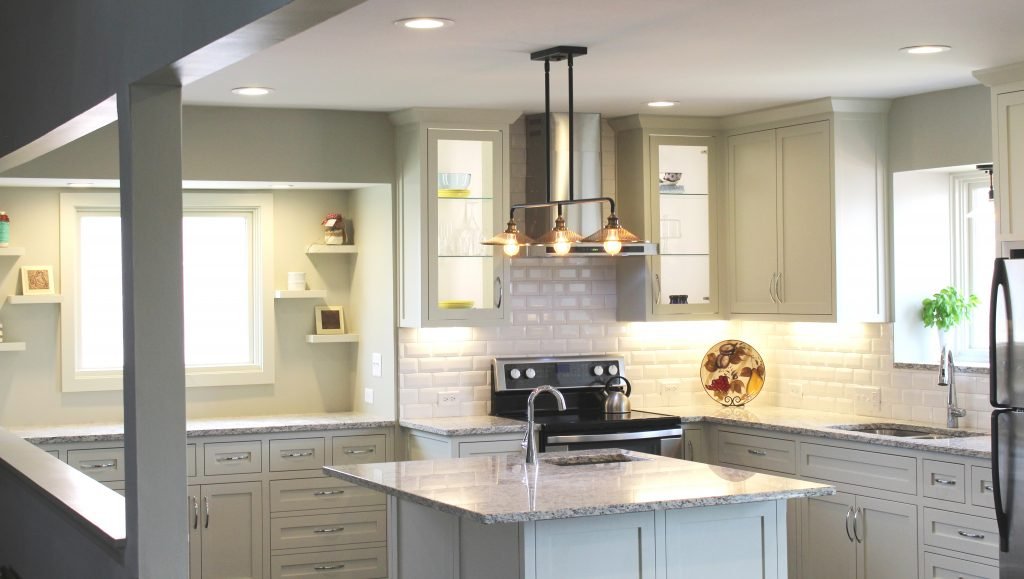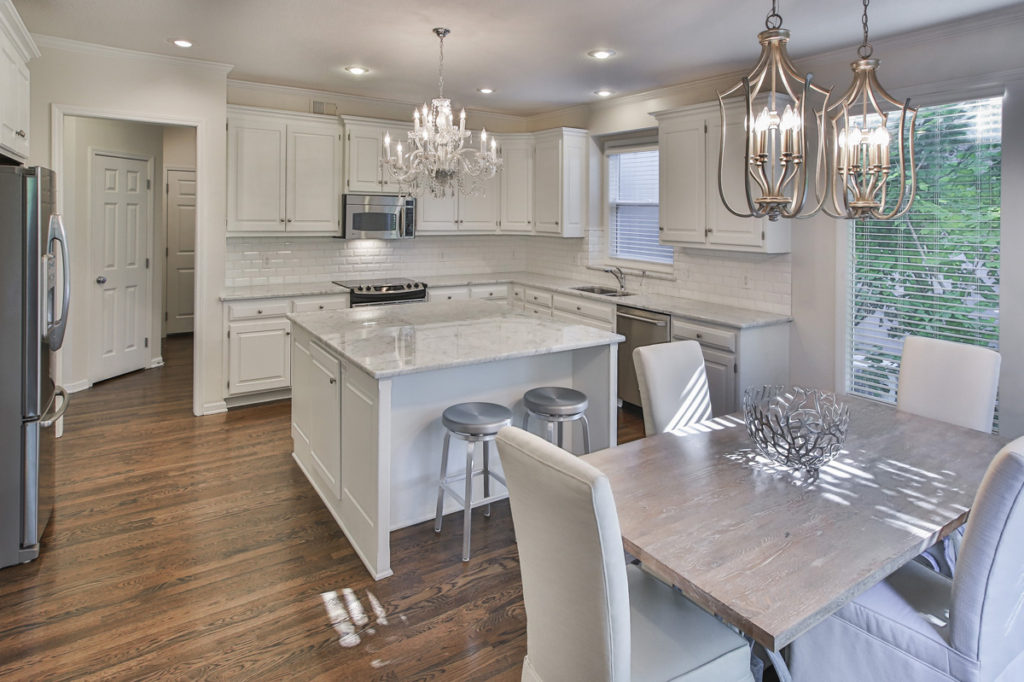 Interior Design/Interior Decorating
Interior Design/Interior Decorating
Imagine Living in a Contemporary Home Like The Ones…

Here is part two of the 3-part series on interior design I promised you. Enjoy!
It doesn’t have to be a big house. It could be like the wood-framed, one-bedroom cantilever you see on Bosch, not much bigger than a Beverly Hills garage with breathtaking views of LA just over the edge of the hill.
The irreverent detective’s modern house is perched precariously on three steel pylons at its mid-point like a delicate treehouse, floating above the city below. It’s all windows and glass and geometric angles.
Meanwhile, driving through one of the most affluent neighborhoods in a different city in the midwest, the streamlined profile of another sleek, modern house is so smoothly integrated into the landscape that it is almost indistinguishable from it. At first glance, this architectural gem is functional and stylish with a futuristic vibe. Dramatic lighting underscores the modular boxes that fit together like lego pieces to create artistic angles, intriguing juxtapositions, and sharp lines.
The house looks like someone ripped it from the pages of a glossy architectural magazine and dropped it on top of a mountain. This is consistent with the spirit of contemporary home design: personal expression and individuality.
In this week’s feature story, the lead graphic showcases the contemporary mountain cabin with two-story ceilings, cinematic wood beams, and a rugged stone fireplace.
Oversized lighting fixtures, bleached floors, and the ubiquitous but invisible presence of glass reinforce a feeling of openness. The naked eye can’t see where it ends, like an infinity pool, so our imagination fills in the blanks.
Once inside, you are surrounded by large open floor plans and intentional asymmetry, creating more visual interest than the predictable linear repetition of symmetrical shapes in traditional home design.
Expansive floor-to-ceiling glass panes bring the outside into the interior living space. These homes incorporate the latest home design trends. Modern architects value functionality over aesthetics, removing unnecessary details that divert attention from primary focal points.
Modern homes are more than just a place to live and work. They reflect the people who live there and their unique styles, influenced by a blend of trends from different periods and cultures. The common thread that ties these design ideas together is a commitment to quality, craftsmanship, and durable relevance.
We can trace the roots of modern architecture back to the 1893 Chicago World’s Fair and the cutting-edge buildings that cemented the role of the US as a world leader in art, architecture, and technology.
From modern furniture pieces carved out of natural materials like wood or granite stone to traditional designs utilizing dark rich woods and marble accents, the trend toward simplicity in design is likely to continue unabated for at least ten years.
The next big breakthrough is integrating our rapidly expanding arsenal of technology into our sci-fi houses as seamlessly as built-in appliances, recessed lighting, and hidden storage areas. Office equipment is now hiding in plain sight. It materializes when you need it and gets lost when you don’t.
Don’t let Sonja Rudolf get started on that text thread. The commercial furniture expert at Vari is passionate about her mission to “elevate workspaces.”
Rudolf told Life In Style during an exclusive interview that the home office is melding into a “real office with commercial-grade office furniture.” Check out our feature story about home office design in the last episode for more ideas.
Contemporary home office design sports clean lines with a simplistic “less is more” design philosophy. “Straight-lined simple design aesthetics with neutral earthy colors never go out of style, “ said Rudolf.
Removing unnecessary design elements to spotlight the sharp edges may appear sparse, even impersonal, but many modern homes will welcome you into a warm and inviting interior.
She cited the materials used in the construction and the interior design of the home – dark woods and marble with toasty accents of color.
Karen Mills served as the interior designer on a Rustic lodge adjacent to a beautiful lake and forest. “The stunning home nestled between a private lake and woods yearned for a lighter color palette and more spartan furnishings to allow the outside views to take center stage, “ Mills told an international design magazine featuring her work.
From country homes to beach houses, these ultramodern spaces are filled with edgy materials, bold lighting, streamlined furnishings, and even some pops of color, creating striking spaces.
The contemporary home represents 21st-century architecture and design. It’s evolutionary, meaning it changes and grows as we do, constantly adapting to what’s new, intriguing, and trending in home design.
The primary distinction between contemporary homes and traditional homes is that they don’t have a predefined style. Modern homes borrow and adopt features from a diversified mix of international, minimalist, modern, and eclectic design styles that are unique yet still familiar.
While traditional architecture and design can be beautiful, they can also feel outdated and stuffy. According to Adam Grimsman, a mortgage banker at USA Mortgage in Overland Park, contemporary homes always feel fresh and current, and demand in this category is rising.
“Many people want white lines, a nice clean space. We are seeing an uptick in loan applications for contemporary homes as they are more desirable to millennials and Gen Z,” he said.
Contemporary home design often incorporates natural materials like wood, stone, metal, and glass. This design tends to be more energy-efficient than traditional designs, making it a popular choice for eco-conscious homeowners. We will delve more into that topic next week.
Popular shelter magazines like Elle Decor, Architectural Digest, and House Beautiful celebrate phenomenal modern home designs. They showcase inviting spaces that feel both contemporary and timeless.
“When considering a contemporary design approach, my core belief is that good planning and design of space has a direct and positive impact on our quality of life,” said Lior Brosh, owner of UK-based Brosh Architects in Borehamwood, England.
Brosh recently completed a project in Notting Hill, London for a client who wanted a bright space with a contemporary aesthetic that still felt calm, warm, and homey.
From streamlined lighting and plumbing fixtures to cool doors, water features, sculptures, window treatments, and oversized address number treatments to dramatic special effect landscape lighting, contemporary design can be stunning.
Another popular trend is bold geometric shapes in both furniture and architecture. These accents can add tons of visual interest to any space. Once you get comfortable with all the photographers in your living room and cars slowing down to get a closer look at your house, you’ll be fine!
Life in Style, the weekly Publication from Team Real Estate is dedicated to helping homeowners make more inspired decisions about their homes and lifestyles. It features original news, commentary, tips, and analysis from leading industry experts. To be considered for inclusion in future stories, email lifeinstyle@teamre.com

